Shedding Light on Light Pollution: Causes, Impacts, and Solutions
Introduction
Light is a fundamental part of our lives. It guides us through the day, providing warmth and clarity. However, as the sun sets, a new type of illumination takes over, one that is often unnecessary, excessive, and disruptive. This is what we call light pollution, a phenomenon that affects not only our environment but also our well-being. In this article, we will delve into the concept of light pollution, its far-reaching impacts, and what we can do to prevent it. This discussion is especially relevant for Environmental Enthusiasts, Urban Dwellers, and Conservationists who share a concern for our planet's delicate balance If you are interested in studying scientific, educational, cognitive articles, you can buy article review via https://essayswriters.com/buy-an-article-review-from-a-trustworthy-writing-service.html.
Section 1: Understanding Light Pollution
Defining Light Pollution
Light pollution is more than just bright lights at night; it encompasses several forms, including skyglow, light trespass, glare, and clutter. Skyglow refers to the brightening of the night sky over populated areas, making stars and celestial objects less visible. Light trespass occurs when light spills over from one property or area to another, disrupting the darkness. Glare is the excessive brightness that causes visual discomfort, and clutter involves an excessive grouping of lights, creating a confusing and distracting environment.
Disrupting Natural Darkness
The darkness of the night has a vital ecological and cultural role. It regulates natural processes like animal behavior, migration patterns, and reproduction. Artificial light at night disrupts these rhythms, leading to confused wildlife and potential harm to nocturnal species.
Sources of Light Pollution
A significant source of light pollution is our own urban infrastructure. Streetlights, commercial buildings, and advertising signs often emit excessive, uncontrolled light. Streetlights, for instance, are designed to illuminate streets and sidewalks, but they often cast light upward and outward, contributing to skyglow.
Section 2: Impacts of Light Pollution
Ecosystem Disruption
Light pollution has profound effects on ecosystems. Nocturnal animals rely on darkness to hunt, reproduce, and migrate. The artificial glow of city lights can disorient them, leading to altered behaviors and habitat disruptions. For instance, sea turtle hatchlings, guided by moonlight, can be led away from the sea and into danger.
Human Health and Sleep Patterns
Exposure to artificial light at night can have adverse effects on human health. Disrupted circadian rhythms can lead to sleep disorders, increased stress, and potential links to chronic illnesses like obesity and depression. It's not just the quantity of light, but also its timing and color temperature (blue light, in particular) that impact our sleep patterns.
Astronomical Observations and Stargazing
Light pollution is the bane of astronomers and stargazers alike. It obscures celestial objects and makes it challenging to conduct research or simply enjoy the beauty of the night sky. It limits our connection to the cosmos and hampers scientific discovery.
Section 3: The Importance of Dark Skies
Ecological Balance
Dark skies are essential for maintaining ecological balance. Nocturnal animals rely on darkness to thrive and perform their roles in ecosystems. Disrupting their behavior can have cascading effects on the entire food chain.
Cultural and Scientific Significance
Dark skies have deep cultural and scientific significance. Throughout history, humans have marveled at the stars, finding inspiration in their beauty. Astronomical observations have led to groundbreaking discoveries about the universe. By preserving dark skies, we honor our cultural heritage and enable scientific progress.
Section 4: Practical Tips for Preventing Light Pollution
Shielded and Energy-Efficient Lighting
Choose shielded lighting fixtures that direct light where it's needed and avoid upward or outward spill. Opt for energy-efficient LEDs with warmer color temperatures to reduce unnecessary brightness.
Proper Lighting Design
Design outdoor lighting that minimizes light trespass and glare. Use motion sensors and timers to ensure that lights are only on when necessary.
Community Action
Support and advocate for dark sky initiatives in your community. Engage with local governments and organizations to raise awareness and implement light pollution reduction measures.
Success Stories
Highlight examples of cities or regions that have successfully reduced light pollution. Learn from their experiences and encourage similar efforts in your own community.
Section 5: Getting Involved
Take Action
As an Environmental Enthusiast, Urban Dweller, or Conservationist, there are several ways to get involved. Join dark sky organizations, participate in local initiatives, and attend community meetings to advocate for responsible lighting practices.
Dark Sky-Friendly Products
Explore resources and manufacturers that offer dark sky-friendly lighting fixtures and products. Make informed choices when selecting lighting for your home or community.
Section 6: Conclusion
In conclusion, light pollution is a pressing issue with far-reaching consequences for our environment and well-being. It disrupts natural darkness, harms ecosystems and wildlife, affects human health, and obstructs astronomical observations. The importance of preserving dark skies cannot be overstated.
Preventing light pollution requires a collective effort from individuals and communities. By choosing shielded lighting, designing lighting thoughtfully, and supporting dark sky initiatives, we can take significant steps toward mitigating this problem. Let us remember the wonder and inspiration that dark skies provide and work together to ensure future generations can experience the magic of the night.
Additional Resources
For further reading and support on light pollution and its prevention, consider exploring the following resources:
- International Dark-Sky Association
- The Dark Side of Light: A Documentary on Light Pollution
- The End of Night: Searching for Natural Darkness in an Age of Artificial Light by Paul Bogard
- Light Pollution Map

